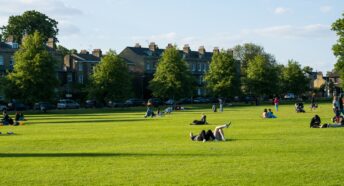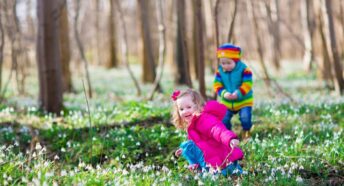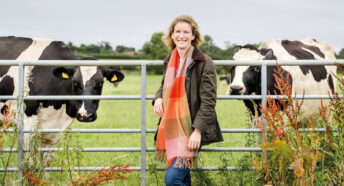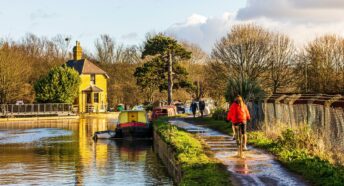Exploring hedgerow wildlife in summer and autumn
As summer meets autumn, hedgerows are a hive of activity as all kinds of wildlife prepare for the cooler months. Why not explore the hedgerows in your local countryside and use our guide to see what wildlife to look out for? Nature-spotting is loads of fun, whether alone or with friends or family.
Hedgerows are our landscape heroes and represent so much more than functional boundary markers or barriers. They can provide the backdrop for a beautiful stroll along the countryside and are relied on by much of our resident wildlife.
Summer into autumn is a great time to head out and explore your local hedgerows, with berries and nuts aplenty; bats and birds swooping across hedge lines, and small mammals gathering nesting materials and food.
Read on for our spotter’s guide to the sights and sounds of happy hedgerow residents, and if you get any good snaps, send them on to us via our Facebook, Instagram and Twitter!
Insects great and small
First of all, look and listen out for invertebrates, as lots of these use hedgerows as their home. Invertebrates are animals without a backbone, and refers here to beasties like insects and worms. There are plenty of these bustling around the dense thickets that hedgerows can offer.
For example, on a summer’s walk you’re likely to notice bumble-bees and butterflies, such as the small tortoiseshell, speckled wood, and ringlet. Bumblebees often nest at the base of hedgerows, and butterflies such as the ringlet enjoy the dappled shade, and feed on honeydew at the tops of trees.
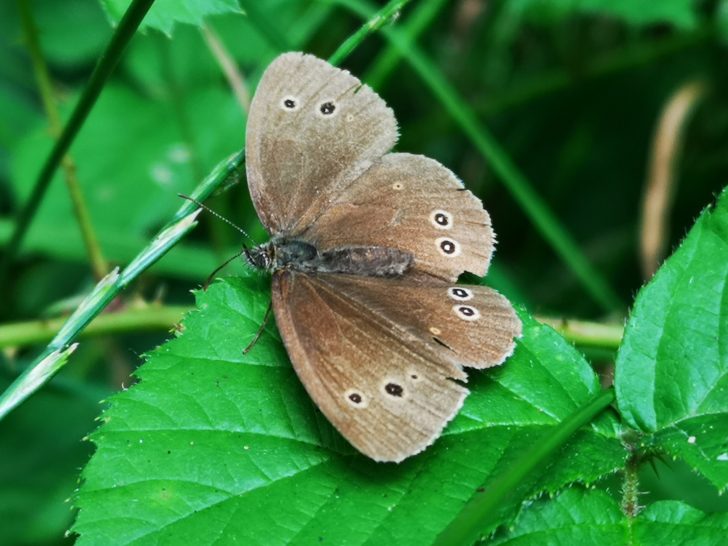
Also, keep your ears out for the chirruping of grasshoppers around the grassy edges of hedgerows – a lovely soothing summery sound. Spotting a grasshopper is a tricky but rewarding challenge. If you hear one, stop near it and quietly look between the grasses – you might catch a glimpse, and the search can be fun, even if you draw a blank!
It’s not just larger insects along that you’ll spot along hedgerows either. If the sun is piercing through the twigs and branches, you may notice hundreds of tiny flying insects: midges, craneflies and other small flies. These tiny creatures not only help with pollination, but form a vital part of the food chain for birds and bats.
Frogs, toads and newts
We tend to think of birds and insects bustling around hedges, but we’re forgetting a chunk of our hedgerow community. During the warmer months, some amphibians (cold-blooded animals) will be making the most of the coverage that hedgerows offer.
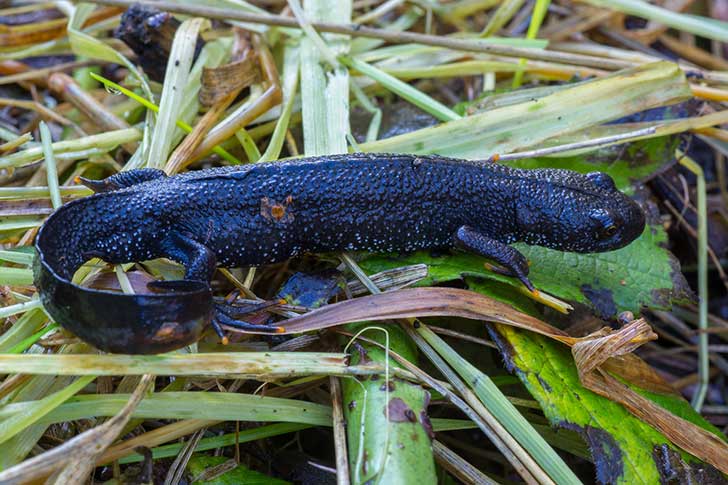
Newts, including the endangered great crested newt, eat small invertebrates that they forage on the hedgerow floor, and frogs and toads eat slugs and snails. It’s always worth keeping your eye on the base of a hedgerow as you walk; if you see or hear a rustle, you could be witnessing these wonderful creatures poking their way through the foliage.
Mammals of every size
Mammals are the warm-blooded gang of animals (like us humans, they also have spines and tend to have babies rather than lay eggs). Hedgerows are home to plenty of these too, but they can be harder to see or hear because many of them tend to wake up and start bustling around in the night.
The hazel dormouse spends most of its time hanging around in the branches of hedges and trees, and only reach the ground to hibernate. As their name suggests, one of their favourite foods is hazelnuts. Hazelnuts begin to ripen from early September – so your chances of spotting a dormouse (while admittedly still small), dramatically increases over the next month or two!
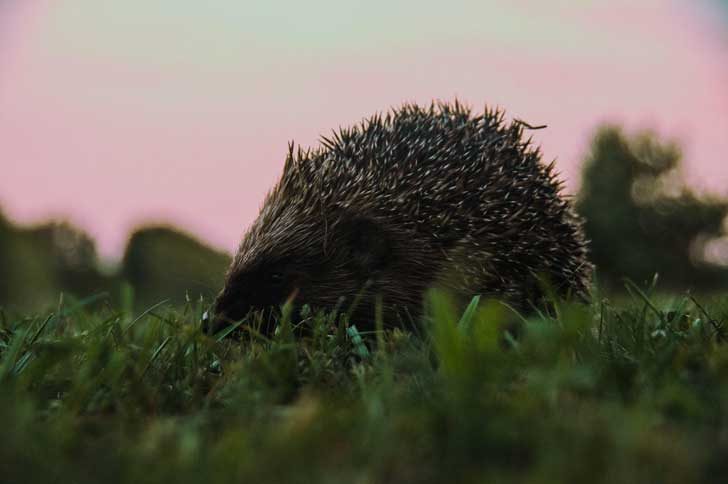
You might see hedgehogs snuffling around the hedgerow floor for worms, beetles, and even bird eggs and amphibians. As they’re in decline, though, it’s getting harder to spot them out and about. A good time to search is during twilight; walk along the hedgerow and keep your eyes on the vegetation underneath. The hedgehog’s only predator is the badger, our biggest land predator. They can be up to 70cm long and can easily be recognised by their black and white stripes. Like other mammals, badgers are mostly active at night.
Birds and bats
A wide range of birds rely on hedgerows for food and nesting. Many hedgerow plants provide them with nuts and berries, such as hawthorn, elder, blackthorn and hazel. All of these fruits ripen at slightly different times, but in late summer and autumn there should be a beautiful display of berries and ripening nuts.
Yellowhammers are a quintessential hedgerow bird – look for flashes of yellow as they swoop from hedge to hedge and sing from height. Other birds to look out for include wrens, robins, dunnocks and whitethroats, along with song thrushes, blackbirds, finches and of course, chattering sparrows. All of these birds (and more besides) will be looking to take advantage of the shelter and food that hedgerows offer. Check out the RSPB bird ID guide so you know what to look out for!
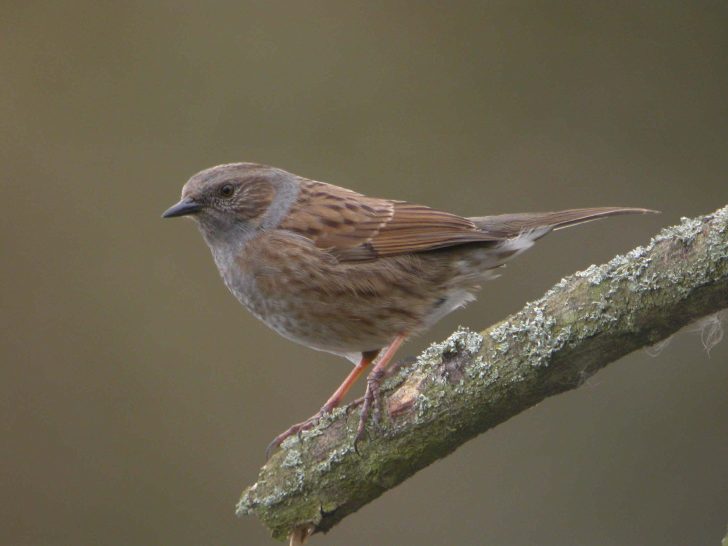
August and September is also a great time to spot bats such as pipistrelles. They flit around at dusk and throughout the night, hunting for flies, moths and spiders along hedgerows. Bats need the straight lines formed by hedges to navigate to their feeding stations, so when hedgerows are removed their life gets a lot harder. We all need to know where to find our dinner!
Keeping our hedgerows bustling and rustling
Exploring hedgerows can be an inexpensive, relaxing and enchanting way to spend a couple of hours – but they need our help.
Unfortunately, it’s estimated that we’ve lost 50% of our hedgerows since the second world war. Although many farmers look after their hedges, changes in the nature of farming have been one of the major causes of the disappearance of hedgerows across the countryside.
Roads and development, particularly on the edge of towns and villages, are the two other main causes of hedgerow loss. This has significant consequences for the animals that rely on them for their survival. And where hedges are kept but are poorly-maintained, they become less good for nature, limiting the biodiversity of these amazing habitats.
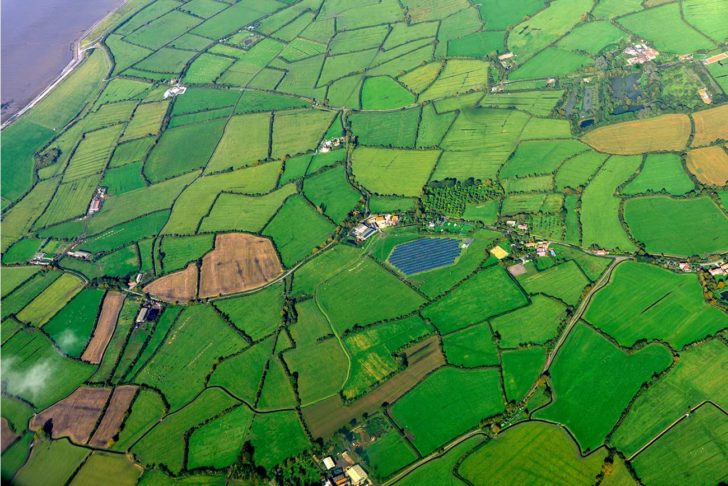
If you, like us, want to see the country’s network of hedgerows restored, maintained and enhanced, then add your voice to ours in asking the government to commit to more hedgey action. Your support can help us put hedgerows back where they belong: on roadsides, verges and footpaths, providing wildlife – and us – with so many benefits.
We’re going to continue to stand up for hedgerows and for all they can offer, and your support really makes a difference. Why not consider giving us a regular gift to help us keep these wildlife warriors thriving.
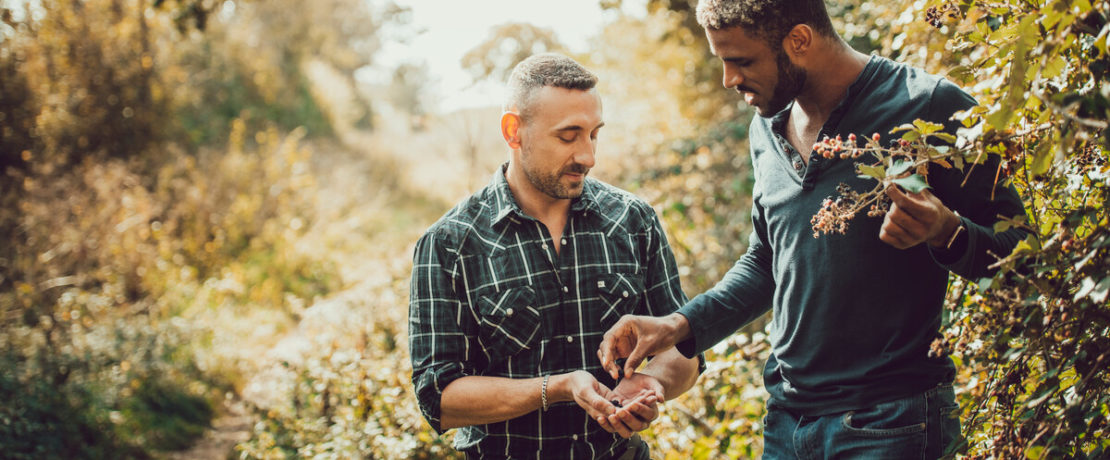





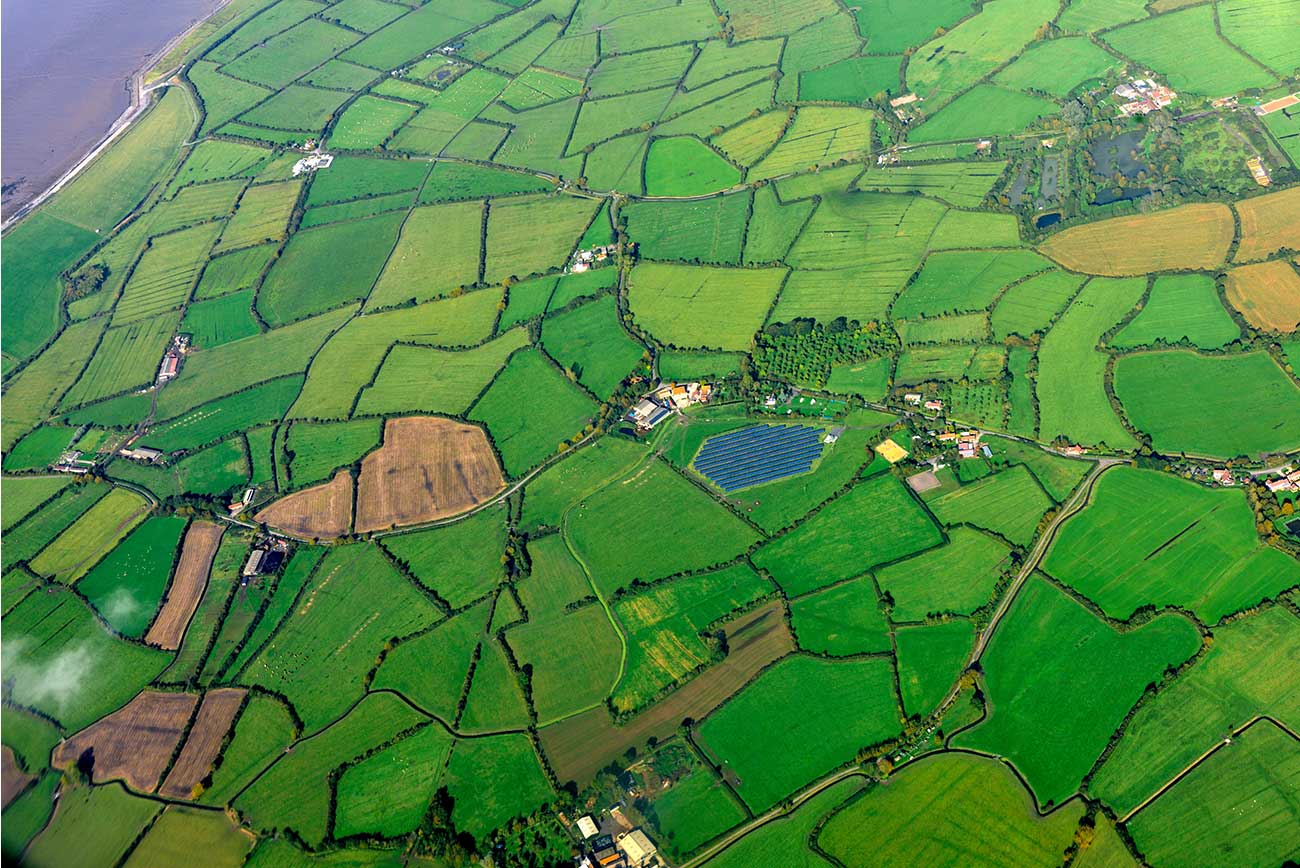
 10 min read
10 min read 